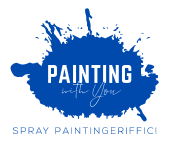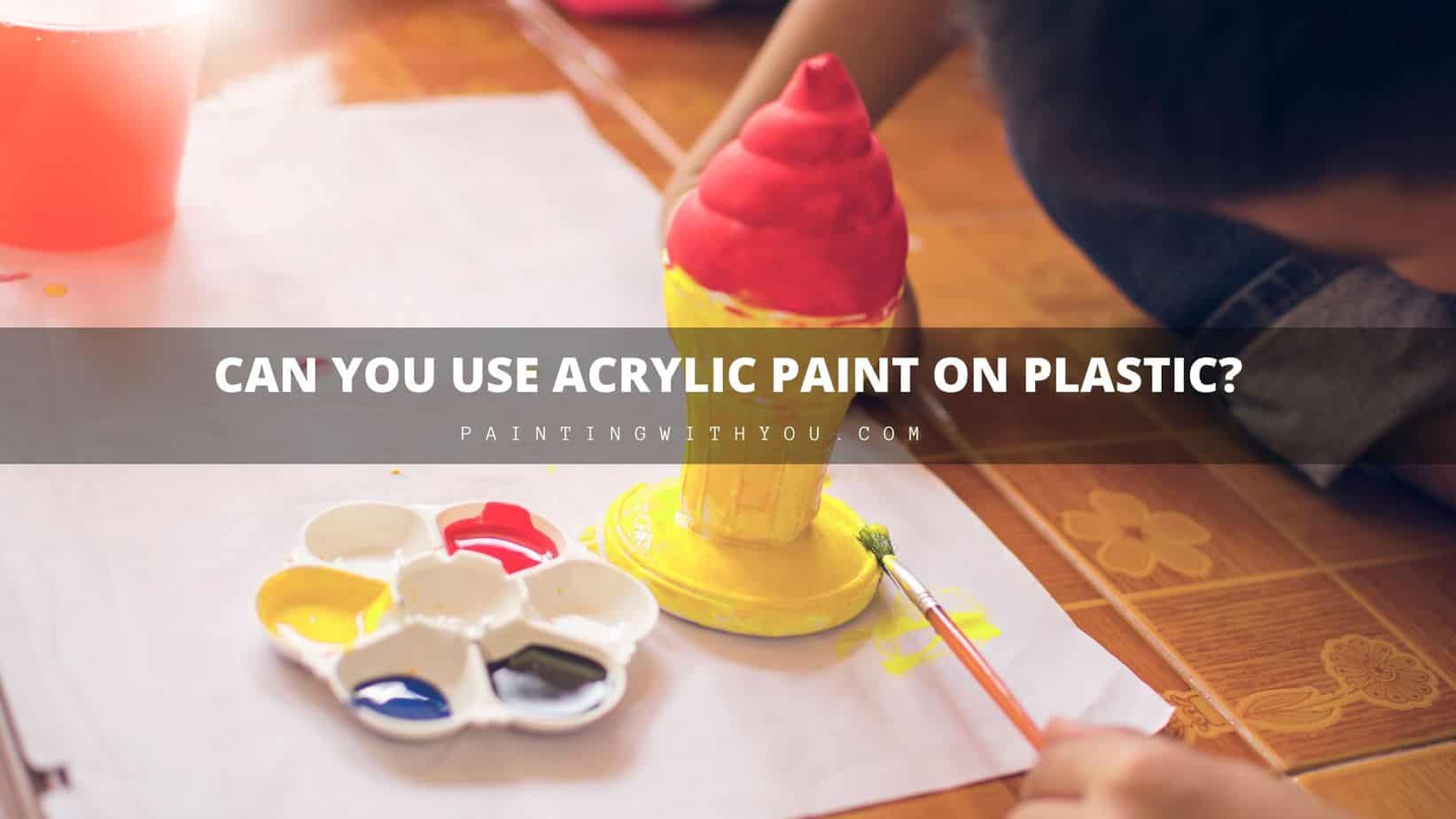One word – Yes! And done well! If you do your research, you will find a million articles on why acrylic paint is not the best for plastic, but (there is always a but) it can still be done!
The key is patience and a couple more steps to give your finished product that extra WOW!

So Can you use acrylic paint on plastic surface?
Acrylic paint is highly recommended for acrylic painting plastic surface materials. You can either spray it on your model or acrylic paint using brushes (go for synthetic ones). For best results, you should prime your painting plastic surface model before painting it. To increase durability and longevity, seal it after with matt or gloss sealer.
Read farther to find out some tips, tricks and suggestions on how you can enhance your acrylic paint style.
What are the best plastic materials I can use acrylic paint stay on?
Oh the list is endless……
Flower pots, baskets, chairs, storage canisters, toys, furniture, plastic surface models, home décor…
I could go on, but I think you get my point – ha!
Acrylic paint can have a great end product if you just do and get the right stuff. Simple as that.
There are many ways to apply the acrylic paint depending on what you are doing. A key to a good finished product is that you apply the paint evenly and each phase needs to be completely dried.
You don’t want to rush each phase, because you’ll end up touching the model too early resulting in prints and clumps and an uneven exterior you were initially trying to avoid.

What is the best acrylic paint for plastic models?
Well, it is really contingent on what you are painting.
Here are some examples of the paints to buy depending on what you are painting:
- Plastic models – but the best I’ve seen out and is recommended by many is the Vallejo, and it comes in several varieties. You can see link below.
- Plastic Chairs or Outdoor furniture – the Rust-Oleum is great. I mean the name says it all.
- Overall brand – Krylon seems to always be everywhere. It comes in a variety of colors and can be used for many purposes.
Whatever it is you are painting, just make sure the paint is high quality.
How do you paint with acrylic paint on plastic models?
Go in this order for the best results
Clean – Dry – Prime – Paint
Here are some quick steps on what you can do to paint your model:
Clean your Surface before painting
Always, always clean your plastic surfaces of the models before painting. Just a quick 10-minute dip in warm water with some dish soap will help you get the grim off. If you feel like you don’t want to do the 10-minute soak, Windex or Isopropyl will work as well.
Let the pieces dry and wipe it down with rubbing alcohol if you wish to.
*NOTE* if you read this before assembly then clean the pieces before assembly.
Primer Your Model
Now it’s time to prime your model. Priming the model is ideal, as it will create a strong paint plastic bond. It also keeps the plastic surfaces smooth. Although there are mixed reviews on priming, it is definitely part of the key to a high-quality model.
If you are having a hard time figuring out the best types of primers, Amazon has some great choices. Check out this Krylon ColorMaster Paint and Primer which I love. This one is a spray, so make sure you take the right precautions on ensuring your primer is done correctly.
*NOTE* If you do not want to spray your primer on, Gesso has a great primer that you can get here. You will need to paint this one on, and sand in between coats to make sure you get a smooth plastic surfaces.
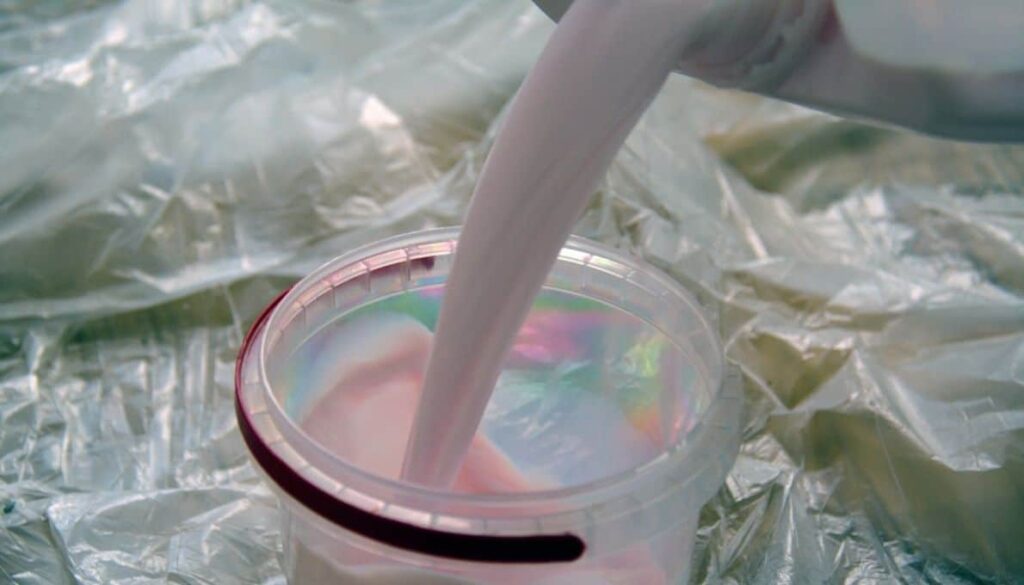
Test if Primer is Dry
You will have to wait at least one hour before your primer dries. If you want to be ultra-sure it’s ready, wait it out for at least 2 hours. Test a small area by sanding it, to make sure the primer doesn’t lift.
*NOTE* Keep in mind to keep it to a thin coat. Too thick a coat makes it clumpy.
It is Painting Time!
Let’s get painting!
If you are using acrylic paints, and you will be handling the model a lot, you will need to use sealers in between coats. Keep reading below on tips for sealing your model. With the brush, you need to ensure that you use the right ones for different sections of the model.
*NOTE* Clean brushes right after so the paint doesn’t dry up – because they can add up in cost!
Different Acrylic Painting Methods
There are 2 types of ways I recommend painting the model. With a spray can and/or the actual paint – acrylic paint stick with synthetic brushes (the good stuff).
Using acrylic paints
Not to state the obvious, but the higher quality the paint the higher quality your end product. Here are some great findings on Amazon for acrylic paints.
Few useful tips using acrylic paints:
- Start with your largest coat of paint and work your way down to the tiniest coat or detail.
- Use an even hand and overlapping strokes. Overlapping strokes help with going over partially dried paint
- At the same time don’t make too many strokes.
Spray Painting Your Work
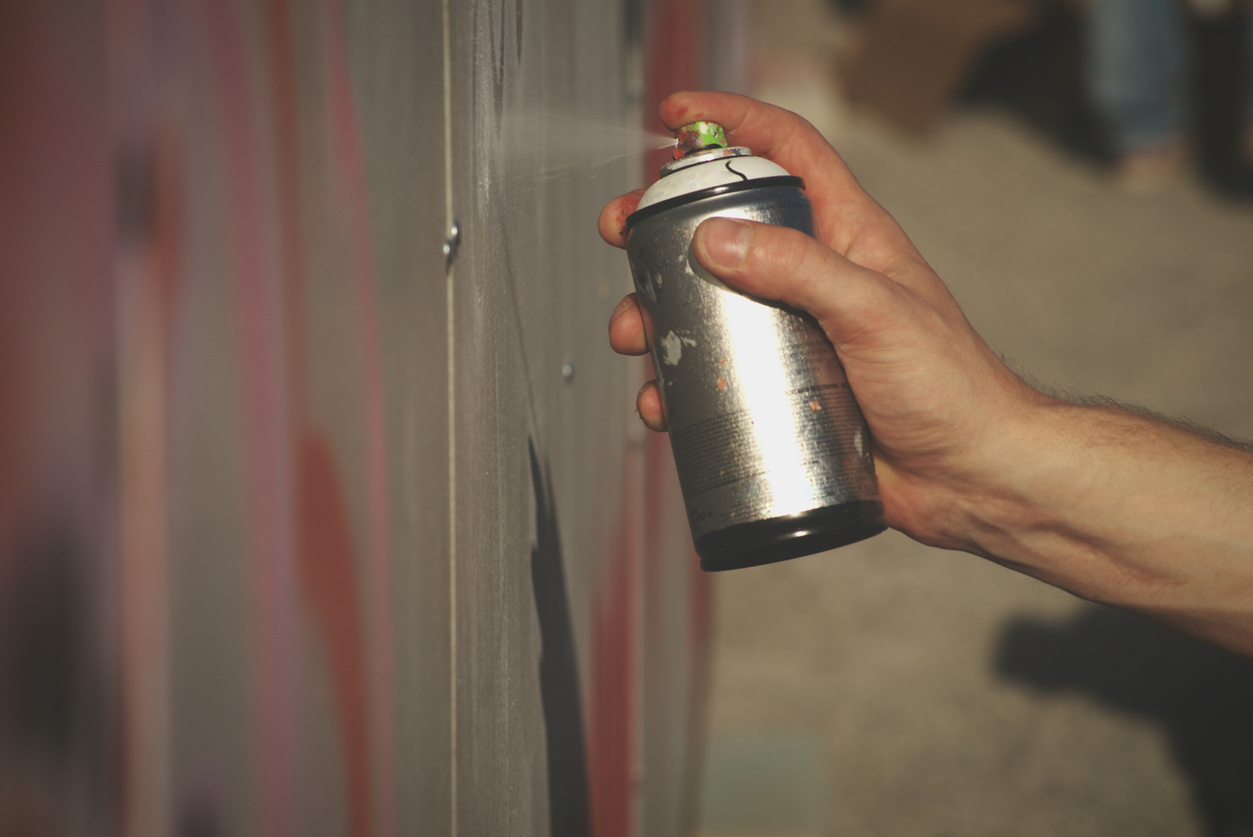
To me, spray painting is just fun and simple. You need a good quality spray paint, and Krylon has great colors to choose from to build your base. There are a couple of precautions for yourself to keep in mind.
Spray painting tips:
- Make sure you wear your gear (face mask),
- Don’t be next to an open flame and you will need proper ventilation – because spray paint can get stinky fast!
- Spray away – at least a good 10-12 feet away.
- Spray the model in sweeps and shake the can between turning the model around.
- You will most probably need to spray it again, and if you do, wait about 30 minutes to an hour to do it again.
- Store it in a dry area for at least 24 hours before you touch it again, especially if you sprayed a heavy coat.
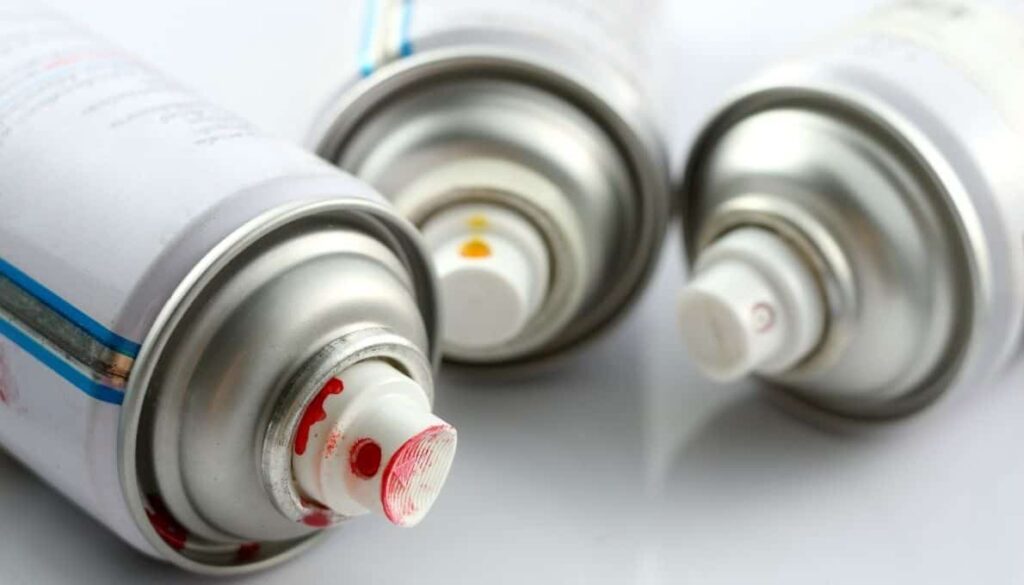
*NOTE* Spray paint won’t get the tiny details of your end project so you will need to use acrylic paint stick.
What can I use to seal acrylic paint on plastic?
This gives your model that extra finesse. Varnishing and sealing in general means to add a protective coat to your finished product. This helps the acrylic stick to the plastic better and ensures your quality is strong for a long time. After all the hard work and money you put into it this step is significant to your product.
Why to seal acrylic paint on plastic?
When you seal acrylic paint, you are protecting it and allowing it to last longer. Not only that but your finished product has an extra richness and gloss to it.
To start the process, you can purchase this sealer, which gives you a more matte look and works wonders. If you are looking for a glossier finish, then a clear acrylic sealer like this will work.
To properly spray or varnish your work follow these steps:
- Wait until your item is dry.
- Just like you painted it with smooth overlapping strokes, do the same with the sealer
- If you are adding another coat of paint on top of this sealer, then you will need to let it dry before painting again
Whew – You are now done! From cleaning to priming to painting to sealing, you have come a long way – so now what? After all that diligence, you want to be patient and make sure the end product is dry.
*NOTE* Do not touch for at least 24 hours – that’s it! If you can be stronger, wait it out at least three days before you touch the product. To be sure your painting is completely dry wait 2 weeks.
More about in my blog post: How to seal Acrylic painting?
